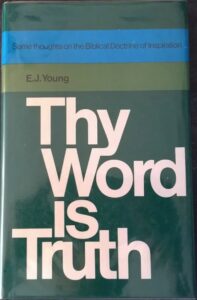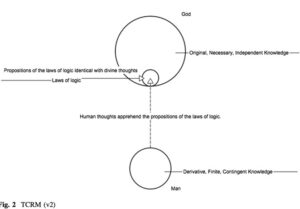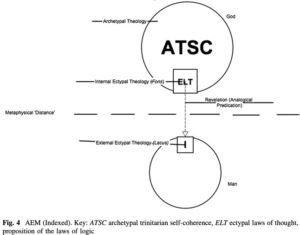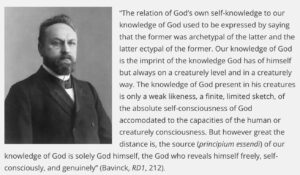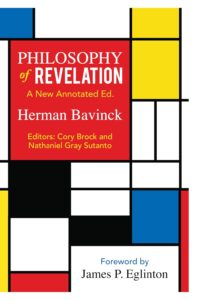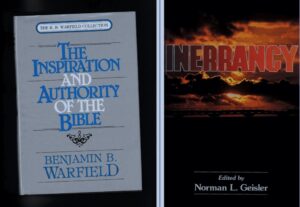 Fundamental Argument of Inerrancy as a Necessary Consequence of Inspiration. KP10-IAB-07
Fundamental Argument of Inerrancy as a Necessary Consequence of Inspiration. KP10-IAB-07
A. The Fundamental Argument of Inerrancy
(1) Whatever the Bible affirms, God affirms.
(2) Whatever God affirms is true.
(3) Therefore, whatever the Bible affirms is true.
Inerrancy is a necessary deduction from the Bible’s teaching concerning its inspiration.
OT requirements for God’s prophets to be distinguished from false prophets is premised on absolute truthfulness. The Bible teaches its own authority, and this requires inerrancy. Matt. 5:17 – 20 and John 10: 34 – 35. Inerrancy follows from what the Bible says about God’s character.
B. Limited inerrancy which seeks to replace inerrancy with infallibility is rejected
E. J. Young explains that ‘inerrancy’ meant the Bible does not err, and “infallibility” meant the Bible cannot err. Both are inseparable. Indeed, infallibility is an even stronger affirmation than inerrancy.
“E. J. Young explains that ‘inerrancy’ meant the Bible does not err, and “infallibility” meant the Bible cannot err. Both are inseparable. Indeed, infallibility is an even stronger affirmation than inerrancy.”
CBSI Article XI emphasizes: The two terms are, in context, inextricable. In short, inerrancy and infallibility affirm that the whole of Scripture is true and not only parts of it.
The focus of inerrancy is not limited to issues of factual accuracy in Scripture. It is primarily concerned about the authority of Scripture
C. Consequences of Denial of Inspiration and Inerrancy
Once an interpreter of Scripture begins to use human standards of moral judgment to evaluate the truth status and authority of the Bible, in whole or in part, the authority of the Bible is immediately denied. The real standard of judgment is now to be human moral reason and sensitivity…The abandonment of inerrancy renders every biblical text suspect until it passes or fails some test of human reason (Albert Mohler).
You can watch the full video at:
Fundamental Argument of Inerrancy as a Necessary Consequence of Inspiration. KP10-IAB-07
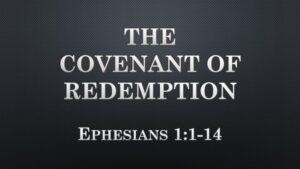

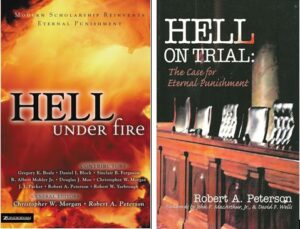 ———————–
———————–